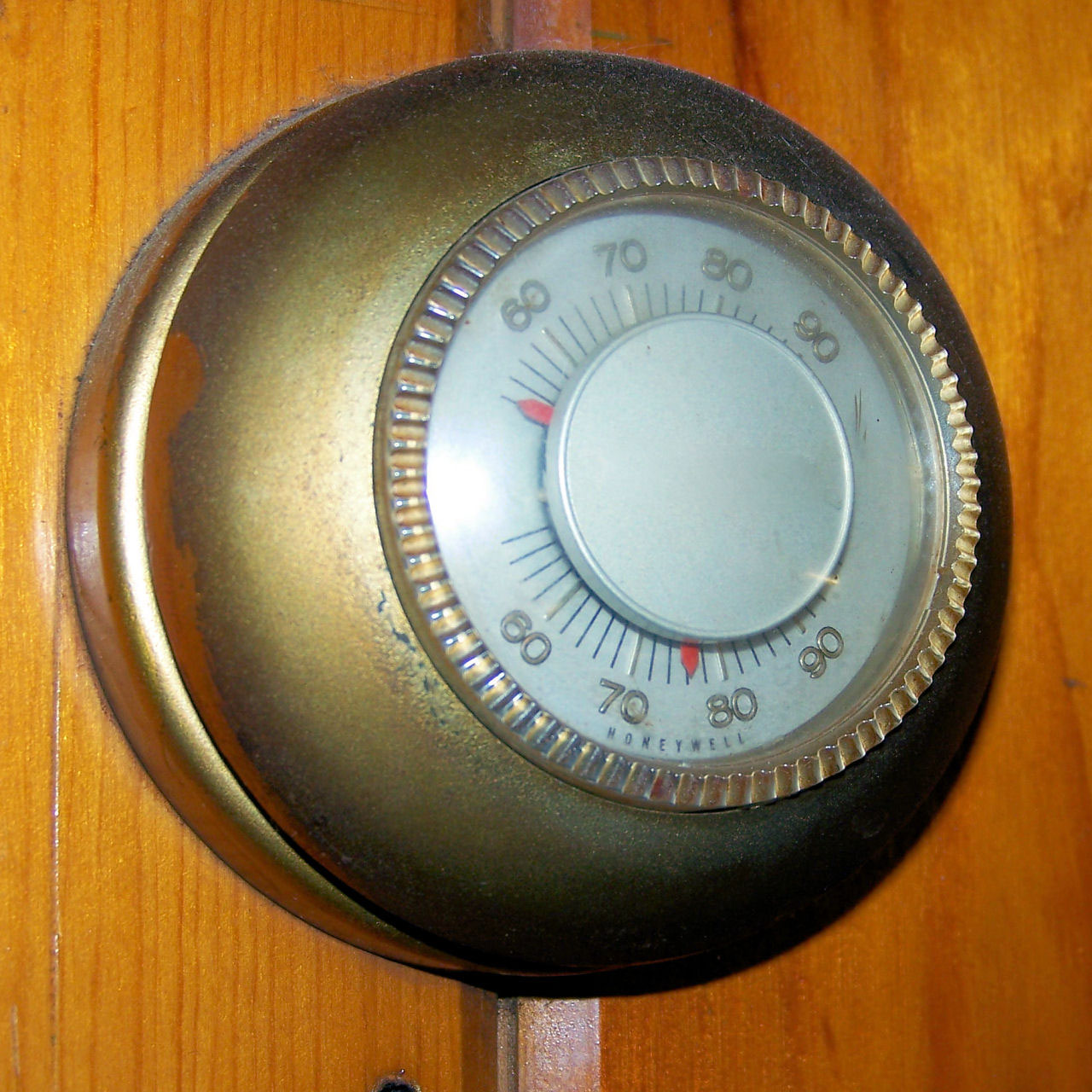
Blood volume is important (this week’s discussion on sodium happens to be conveniently timed ![]() ). I like to call the regulation of body temp the 3 Cs – cardiovascular, calories, contact. All are important and work together – both in high and low temps.
). I like to call the regulation of body temp the 3 Cs – cardiovascular, calories, contact. All are important and work together – both in high and low temps.
Cardiac: your temperature control is broken up into two segments – much like a house has “zones” – the core and the surface. The core is the inner part around the organs and what will get the attention first. In temps below normal, blood flow is restricted to the extremities to maintain core temperatures. Typically, this is done by increase blood pressure, lower volume per heart stroke, and restriction of arteries to keep the majority of blood volume in the core to prevent hypothermia. Blood flow to the surface “zone” is reduced and dynamically adjusted to keep from tissue damage. This is the cardiovascular part. Since it keeps more blood volume at the core, it goes to reason the more blood volume you have, the more it available for the rest of the body. In high temps, the opposite happens – blood flow increases and more blood goes OUT of the core for cooling. More blood close to the surface allows the heat to dissipate to the air close to the body, cooling the blood, therefore cooling the body. For this to be effective, you must have sufficient blood volume and electrolyte balance. Don’t forget potassium!
Calories: heat results from the burning of calories. Muscle movement burns calories, which creates heat. Metabolic processes in the liver and gut creates heat. This is why walking around outside keeps your feet warmer because you are using the leg and feet muscles, which is producing heat. Ever wonder why you shiver when cold? HEAT. Shivering is the involuntary rapid muscle contraction and release – right, burning calories. The lizard brain creates impulses to involuntarily move muscles to create heat in the body so the core doesn’t get too cold. If your core drops below safe levels, tissue damage happens. Right, organs get pissed off. We don’t want this :). This is why strenuous activity in high temps is dangerous – you are burning calories and the body struggles to move the heat out.
Contact is how body temperature escapes the body, which is through our surface area – skin and exhalation from the lungs. The blood flow is reduced to the surface area in low temps to minimize heat lost and increased in high temps to push it out (that’s why someone who is overheating appears flushed, because the majority of their blood volume is close to the surface to radiate heat loss to keep the core cool). Best way to stay warm? Layers with air gaps as insulation. In hot weather, loose fitting clothing increased air around the skin to help remove heat, more blood is at the surface, and you sweat out water to use evaporation as a surface coolant. Salt comes out with your sweat because as we discussed the other day, salt (sodium and chloride) maintains water balance. Hot air from your lungs will move out when you breath (and why you pant when you are under excursion), adding more airflow to the mix by removing surface heat from within your core. Yup, cooling from the inside-out.
Think of your body like your car. On a cold day, when you start it up you have no heat. The thermostat is closed, keep the antifreeze around the engine block until it comes up to the optimal temp for clean running. At that point, the thermostat starts to open, allow some of that warm coolant to go to the heater core to keep YOU warm. As you drive, the thermostat is constantly changing how much it is open to keep the engine at the right temp, you are far less important to it. This is also why if your car is overheating in traffic, they recommend you turn on the heat – you increase the surface cooling area by passing air over the heater core (a small radiator in the dash area), the increased airflow helps shed engine heat, lowering the temperature of the engine.
So, if you are cold – bundle up, move more, keep good electrolyte balance. If you are overheating, get better airflow over your skin, stay hydrated (and sodium balance), and move less.
